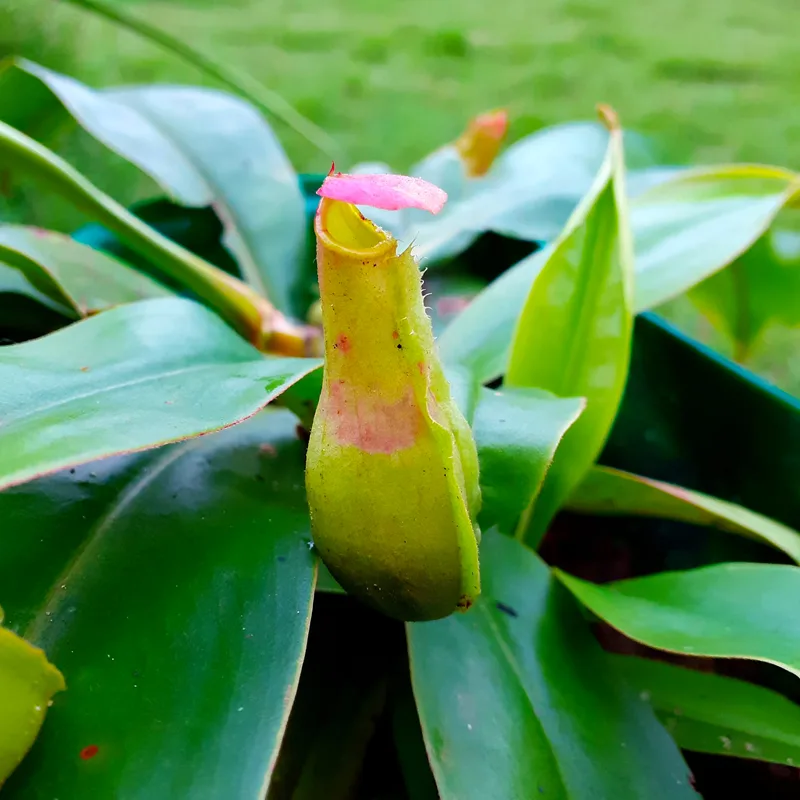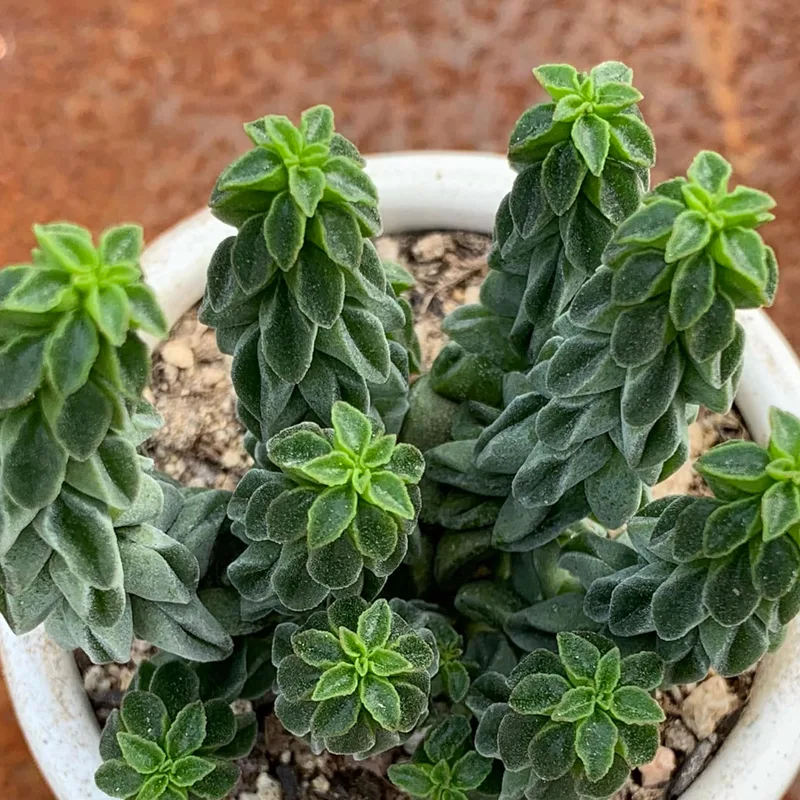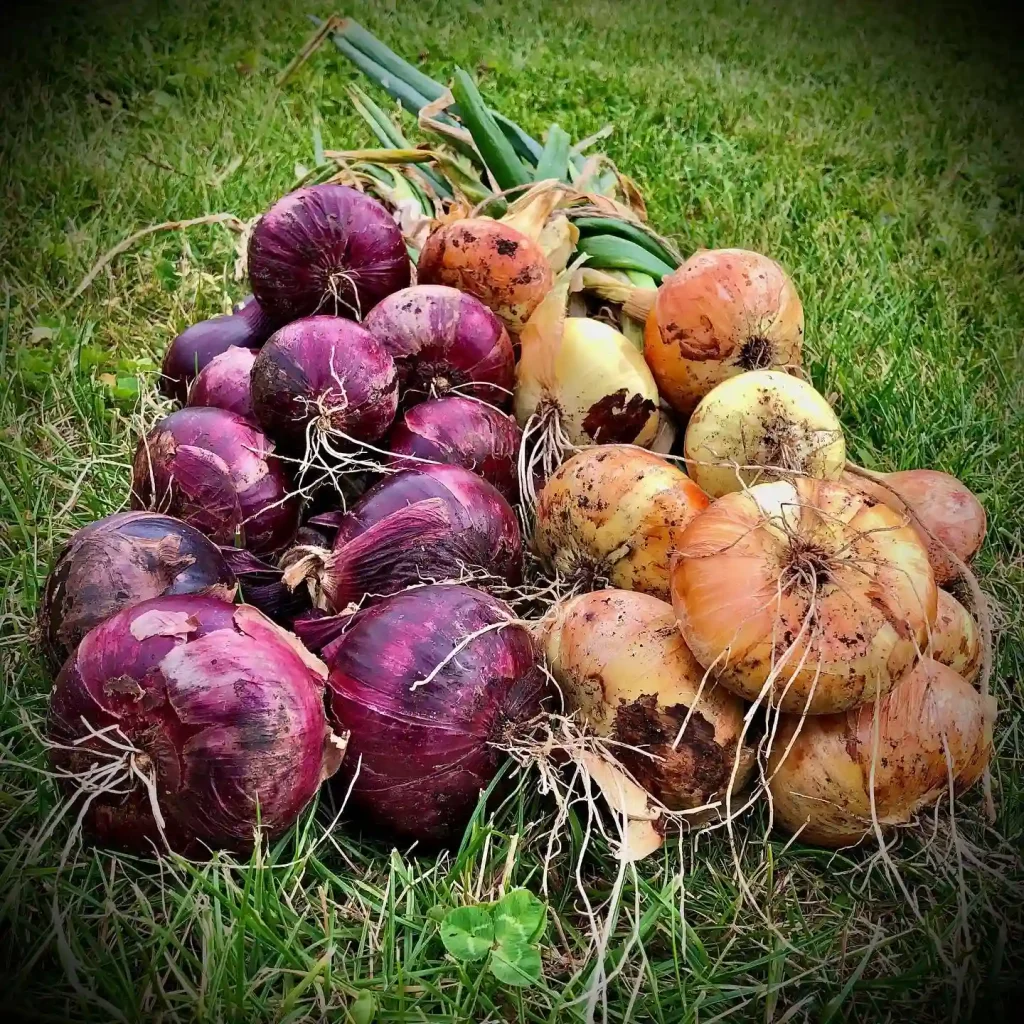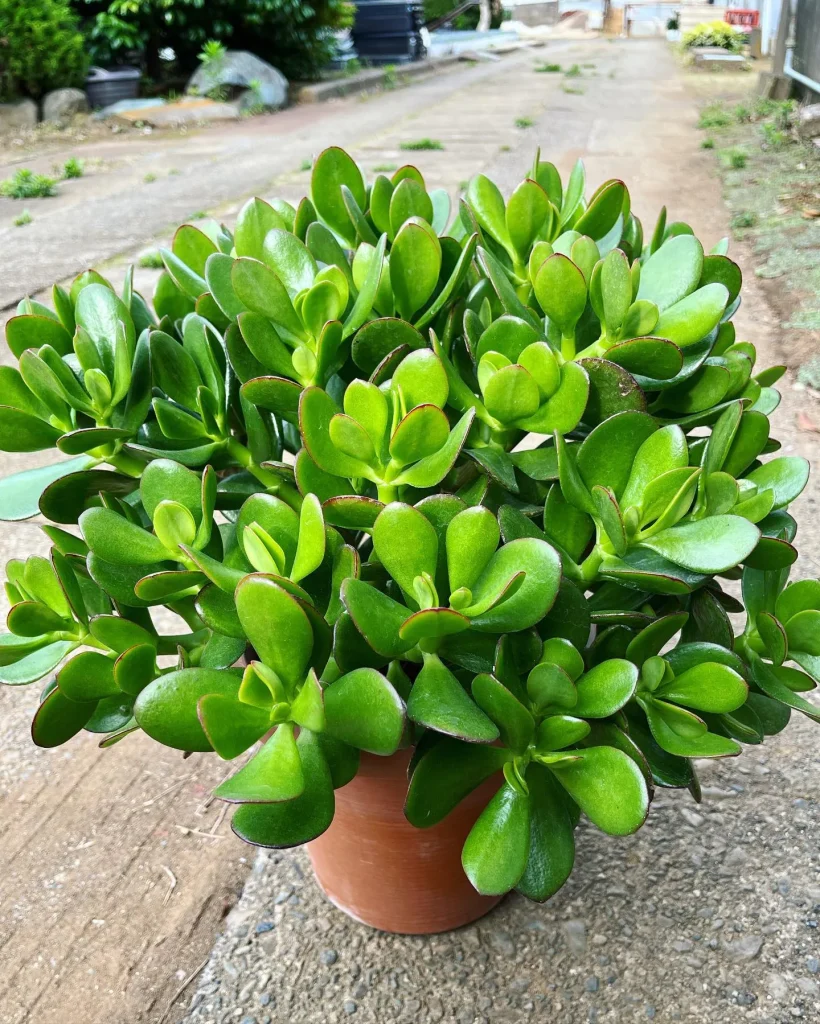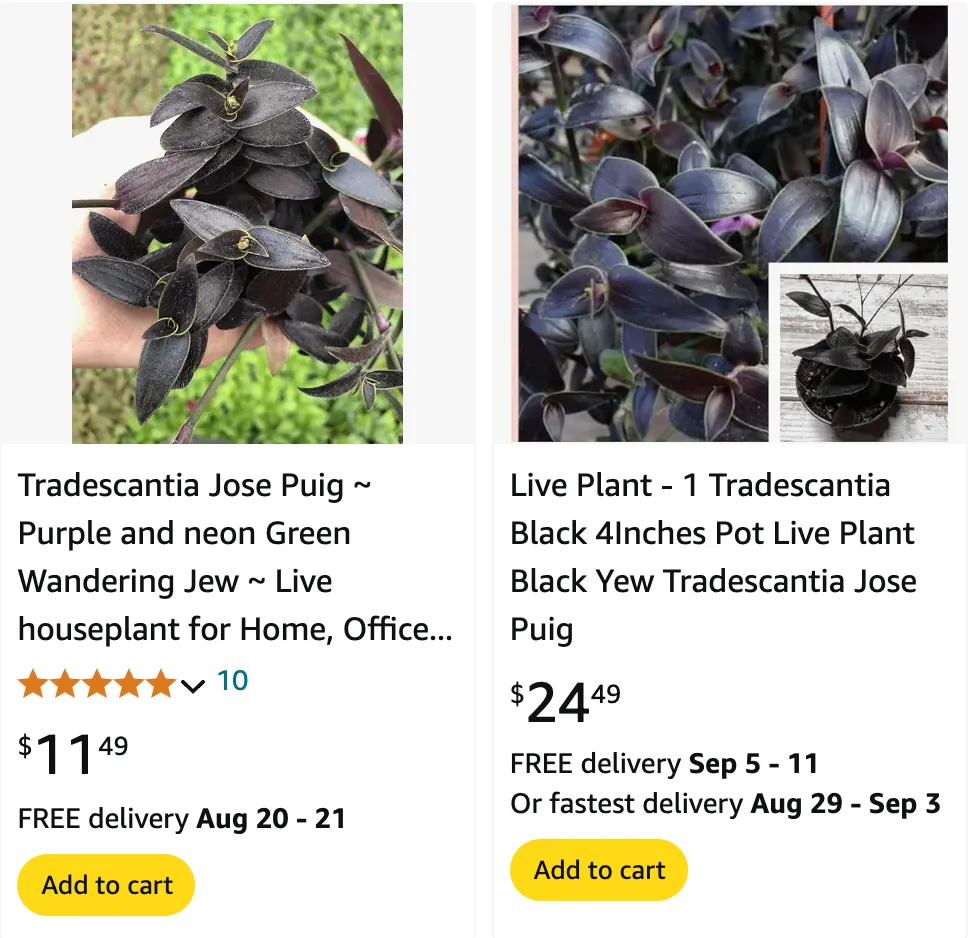
FAQs About Jose Puig Tradescantia
As a plant enthusiast, I’ve had my fair share of experiences with various Tradescantia species, and one that always stands out is the Jose Puig Tradescantia. This vibrant plant, known for its striking foliage and ease of care, has captured the attention of many gardeners. I’ve compiled some frequently asked questions about this plant based on my experiences and observations.
86 Species in Genus Tradescantia
What is Jose Puig Tradescantia?
Jose Puig Tradescantia or Tradescantia ‘Jose Puig’, is a captivating plant known for its beautiful, colorful foliage. It belongs to the Tradescantia genus, which is part of the Commelinaceae family. This variety is particularly admired for its bright pink and green striped leaves, which add a lively touch to any indoor or outdoor space. The plant is named after a renowned horticulturist, Jose Puig, who contributed to its popularization.
How to Care for Jose Puig Tradescantia?
Taking care of Jose Puig Tradescantia is relatively straightforward, and it’s a great choice for both novice and experienced gardeners. Here are some key care tips:
- Light Requirements: Jose Puig Tradescantia thrives in bright, indirect light. While it can tolerate lower light conditions, its vibrant colors are most pronounced under optimal lighting. I’ve found that placing it near a window with filtered sunlight works best.
- Watering: This Tradescantia is relatively forgiving when it comes to watering. I water mine when the top inch of soil feels dry. Overwatering can lead to root rot, so it’s important to ensure proper drainage and avoid letting the plant sit in soggy soil.
- Humidity: Jose Puig Tradescantia prefers higher humidity but can adapt to average indoor conditions. If you notice the tips of the leaves browning, increasing humidity by misting the plant or using a humidifier can be beneficial.
- Temperature: It thrives in typical room temperatures ranging from 65°F to 75°F (18°C to 24°C). Protect it from drafts and sudden temperature fluctuations, as these can stress the plant.
- Fertilization: I fertilize mine every 4 to 6 weeks during the growing season (spring and summer) with a balanced, water-soluble fertilizer. This helps promote vibrant growth and enhances the plant’s color.
How to Propagate Jose Puig Tradescantia?
Propagating Jose Puig Tradescantia is a fun and simple process. I’ve had great success with the following methods:
- Stem Cuttings: The most common method is to take stem cuttings. Simply cut a healthy stem just below a node, remove the lower leaves, and place the cutting in a glass of water or directly in soil. Roots typically form within a few weeks. Once the roots are a few inches long, you can transplant the new plant into a pot.
- Division: Another way to propagate is by dividing the plant. When repotting, gently separate the root ball into smaller sections, ensuring each section has roots and stems. Plant each section in its own pot, and you’ll have new plants ready to grow.
What to Plant With Jose Puig Tradescantia?
Jose Puig Tradescantia pairs well with a variety of plants due to its striking appearance and relatively low maintenance needs. I’ve found that it complements:
- Pothos: The trailing vines of Pothos create a lovely contrast with the upright, colorful leaves of Jose Puig Tradescantia.
- Spider Plant: The Spider Plant’s arching foliage provides a nice visual balance to the vibrant stripes of the Tradescantia.
- Philodendron: Varieties like the Philodendron Brasil with their glossy leaves can harmonize beautifully with the Tradescantia’s bright colors.
Common Problems and Solutions
While Jose Puig Tradescantia is generally easy to care for, it can encounter a few issues. Here’s what to watch for:
- Leaf Drop: This can occur due to inconsistent watering or sudden temperature changes. Ensuring a regular watering schedule and stable temperatures usually resolves this issue.
- Pests: Spider mites and aphids are occasional pests. I’ve found that a mild insecticidal soap or neem oil treatment can effectively manage these pests without causing harm to the plant.
- Leggy Growth: If the plant becomes leggy, it might not be receiving enough light. Moving it to a brighter location or pruning it back can help encourage more compact growth.
Final Thoughts
Jose Puig Tradescantia is a vibrant and rewarding plant that can brighten up any space with its colorful foliage. With minimal care requirements and straightforward propagation methods, it’s an excellent choice for anyone looking to add a touch of beauty to their plant collection. I hope these FAQs help you enjoy and successfully grow your own Jose Puig Tradescantia!
If i die, water my plants!
